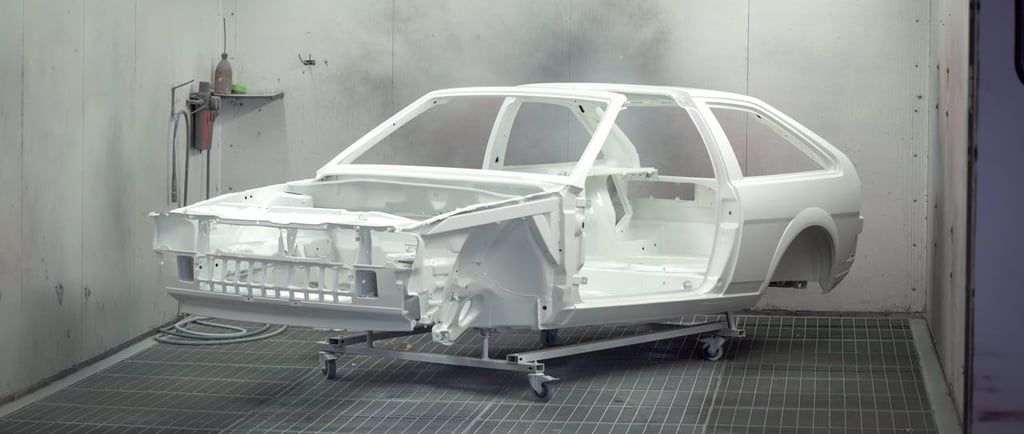How to Scope Features for an MVP
How to decide which features to include in your startup's minimum viable product (MVP).
11/4/20252 min read


When you are building a startup, one of the hardest and most important challenges is deciding what to build first. Your minimum viable product (MVP) is not meant to be perfect. It is meant to prove that your idea solves a problem. Scoping your MVP features correctly can mean the difference between validating your concept quickly or getting stuck building something too big to launch.
Start with the Core Problem
Every startup begins with a problem worth solving. Your MVP should focus only on the single most critical outcome your users care about. Ask yourself:
What problem am I solving?
What is the simplest possible version of that solution?
What can I remove without breaking the value?
Examples:
If your product helps people share photos, your MVP might only have the ability to upload and view images. Extra features like filters, albums, or likes could be omitted.
If your product helps people find events happening near them, your MVP could be a manually curated list of events in the top 5 largest cities in a geographic region. Features like user location and automatically finding events in a city could be added later.
Identify Must-Haves vs Nice-to-Haves
Divide your features into three buckets:
Must-haves: Core features that define your product’s purpose. Without these, the app doesn’t work.
Should-haves: Features that improve usability or polish but are not essential to launch.
Nice-to-haves: Enhancements that can wait until after launch or user feedback.
The goal is to launch with only the must-haves, then expand based on what your users actually want, instead of what you think they will want.
Validate Before You Build
AI can help brainstorm ideas and even generate wireframes or prototype code, but human validation still matters. Before building every feature, ask:
Does this feature directly support the MVP’s main goal?
Will it help me gather feedback or prove market demand?
Can I test it manually before automating it?
Founders often overbuild because they assume users need more. In reality, the simplest version that works is usually the one that teaches you the most.
Build Just Enough to Learn
Think of your MVP as a learning tool, not a finished product. You’re not optimizing for perfection — you are optimizing for insight.
Automate only what you need to.
Use packaged, off the shelf tools where possible.
Do not worry about scaling yet.
If your MVP gets traction, you can always rebuild with more robust architecture and features.
A Caveat
While your MVP should help you learn and prove your idea, it needs to be able to do it in a measurable way. For example, an app that matches prospective pet owners with pets might start as a list of pets, but that may not be enough to collect measurable data to validate the business idea. So the MVP must have a way to track progress, such as an email sign-up, a crowd-funding campaign, user tracking, or even an option to purchase/subscribe from the start. The decision to proceed or pivot should be based on the data, so it is important to build a way to collect it into the MVP.
How Bloomware Helps
At Bloomware, we help startups cut through the noise and focus on what truly matters. We work with founders to:
Define the core problem their MVP should solve.
Prioritize features that deliver maximum impact with minimal effort.
Build and deploy an MVP that is simple, stable, and ready for real feedback.
Implement a plan for measuring and collecting feedback to determine next steps.
Bloomware helps you find the right balance, so you can validate quickly and build smarter.
Connect
Empowering startups with expert web solutions
Support
Subscribe to our Newsletter
© 2025 Bloomware LLC. All rights reserved.
